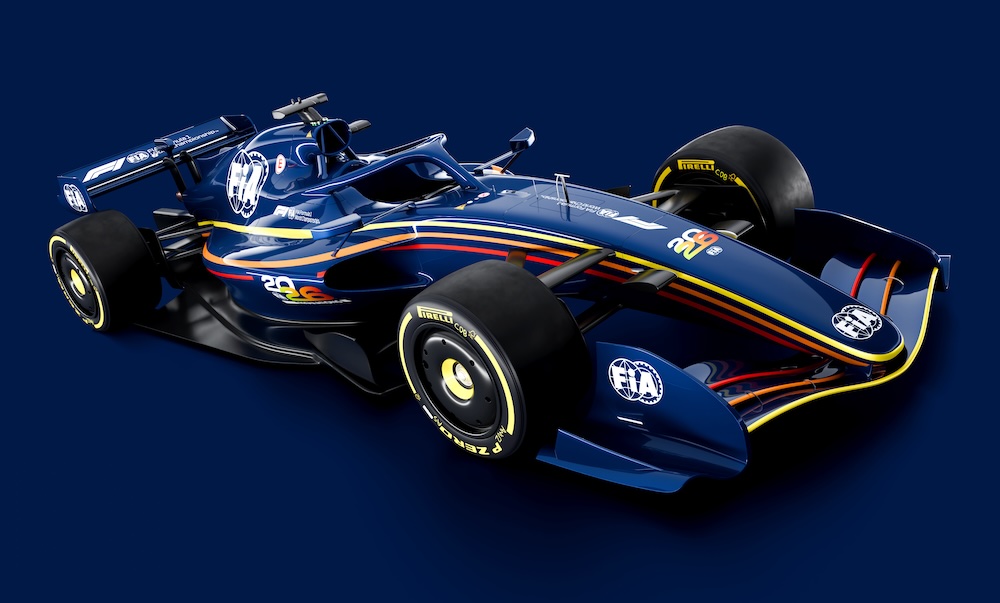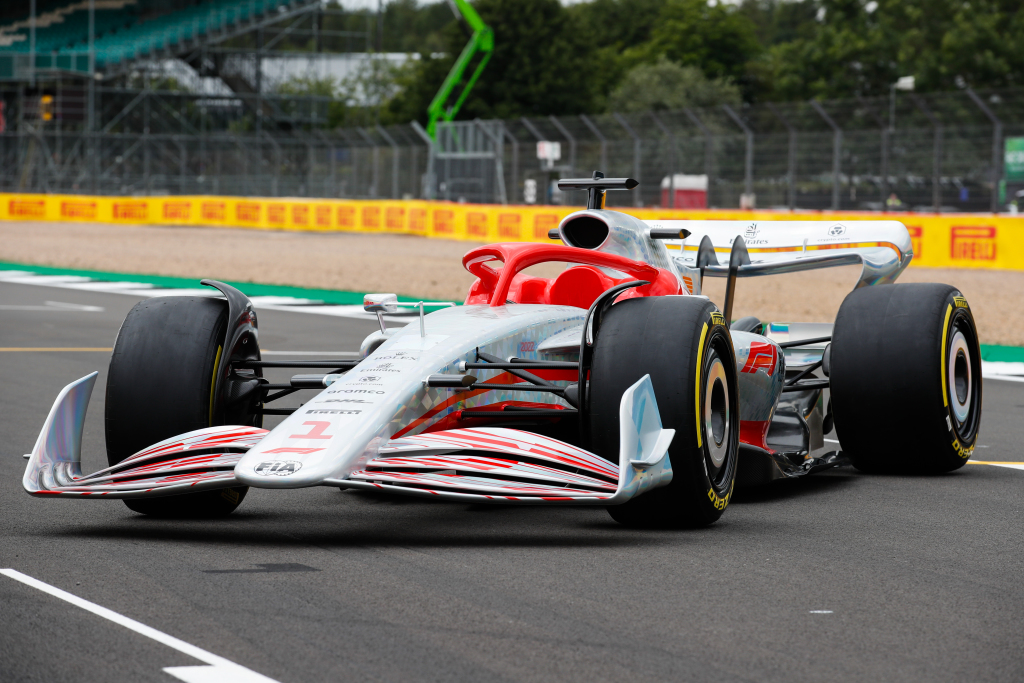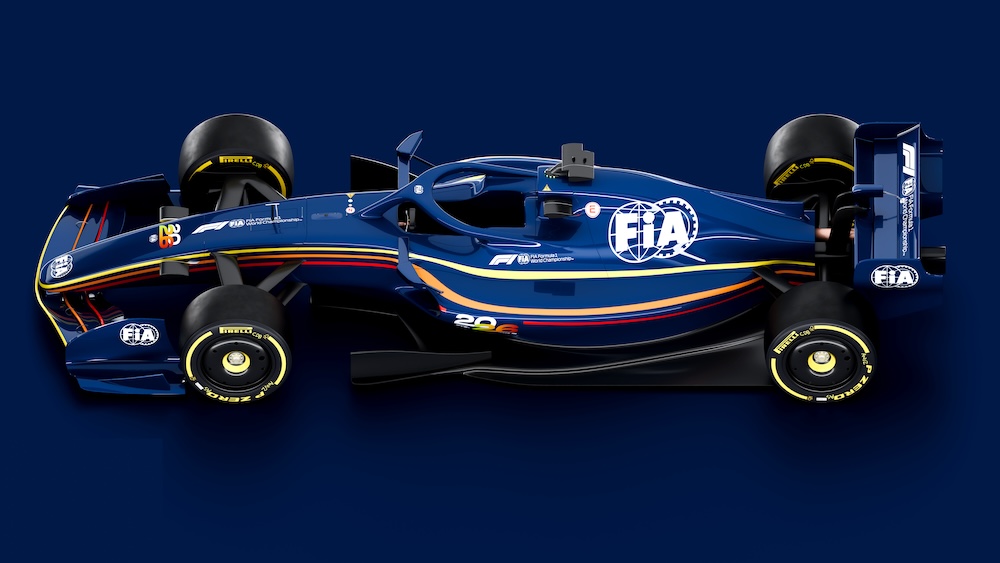Mercedes’ 2026 Formula 1 power unit development is “looking really promising” as it builds on the knowledge gleaned from other projects, according to George Russell.
The next set of power unit regulations will see a greater reliance on battery power, with 350kW of power available from the battery and a reduction to around 400kW from the ICE that will be powered by a 100% sustainable fuel. Alongside the removal of the MGU-H it’s a significant change that has also impacted the new technical regulations for 2026, and Russell confirmed the growing confidence in the work being done by Mercedes.
“I think the PU regs are exciting and the manufacturers are going to take strides over these years,” Russell said. “We’ve already seen it at Mercedes with the progress we’re making and it’s looking really promising at the moment. It’s the same with the fuel, with [fuel supplier] Petronas and the experience the team had in Formula E. Even the hypercar project that the team did eight years ago, not knowing eight years ago that it was going to be beneficial for the future. That’s really interesting.”
Russell does have some reservations, though, about how quick the cars will be in a straight line at some tracks, due to active aerodynamics reducing drag and increasing top speeds.
“I think the cars are going to take quite a big turn in how they perform. They are going to be exceptionally quick in the straights, 360 kph (224 mph) probably at most tracks, which is pretty impressive,” he said. “But then the safety needs to be probably improved, because having a crash at 360 or 370 kph (230 mph) is going to pretty crazy; but then the cornering speeds are going to be massively reduced.
“I’m sure the teams will find a way to bring that closer to where we’ve been recently, but from a driving standpoint you want the fastest cars — you want to feel like you are in a fighter jet and in 2020 and 2021, that’s how it felt. Now these cars are getting very quick again in this current era and I’m sure next year they are even going to be battling the 2020 lap times that we were seeing, so it would be a shame to lose some of the performance of the car.
“But, on the flip side, it will improve the racing if there is less downforce and less dirty air. So to conclude all of that, you can’t have it all and you’ve got to choose your battles.”

Despite his reservations about safety at top speeds with lower grip levels, Russell says it’s a concern that the FIA is currently working on after feedback prior to the regulations being announced.
“I think when it comes to safety, unfortunately, history has told us that incidents need to happen before changes are made. Everybody needs to do a really thorough job ahead of these regulations, because the cars are going to be so quick and have so little downforce on the straights that it’s almost going to feel like you are floating and flying through the air.
“If you can imagine in a race where it starts raining and you are on slick tires doing 250 on a street circuit, that’s going to be a bit of a sketchy place to be. These are questions that need to be answered, and to be fair to the FIA, they are fully aware of this and on top of this and looking at all of the possible scenarios of what could happen.
“Time will tell, but the cars are already bloody fast as they are and where are we going to stop? Are we going to get up to 400 kph (249 mph)? Do the fans really need or want to see that, and what is it that we really want to achieve?
“For me, it’s good racing. I don’t really mind how quick the cars are around the track, you want to have good racing, hard racing and strong competition, ideally between every team and every driver.”




